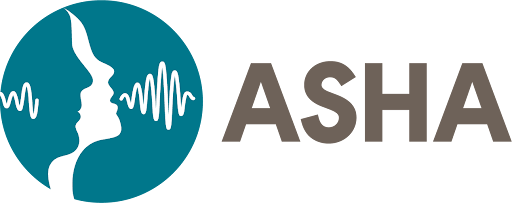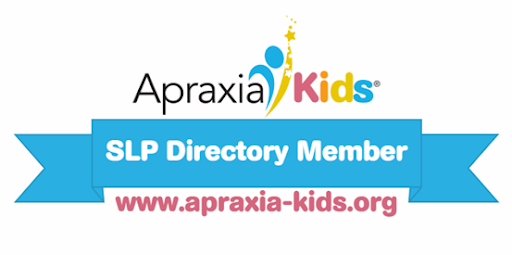Has your child’s Speech-language Pathologist used the term Childhood Apraxia of Speech (CAS) before and you weren’t sure what they were talking about? CAS is a speech disorder that can appear like a variety of different speech sound disorders, which means differential diagnosis is a very important first step in the initiation of treatment. Some characteristics your speech-language pathologist may look for in order to accurately diagnose CAS are the following:
-A limited consonant and vowel repertoire.
-Minimal variation between different vowel sounds.
-Vowel errors and distortions. -Inconsistent errors and idiosyncratic error patterns.
-Reduced rate or accuracy with diadochokinetic tasks.
-Oral groping behaviors.
-Prosodic differences (reduced rate, excess or equal stress, “choppy” words and syllables, monotone speech).
-Increased errors with increased length or complexity of utterances. a
-More difficulty with volitional utterances compared to modeled or automatic utterance. (Viscomi, 2021)
In the article, “7 Approaches for Childhood Apraxia of Speech”, Core Viscomi, MA, CCC-SLP discusses the seven approaches which result in the best outcomes. They are as follows:
-Duration and frequency of session: More positive outcomes are seen with short sessions that happen more often (i.e. 3-5 times a week).
-Number of trials per session: Focus on a small set of words with an increase in trials per word.
-Types of cues given: Cues and modeling are beneficial for children with CAS. Some cues that are often beneficial are tactile cues (i.e. touching), visual feedback (i.e. mirror), and verbal models of sounds and words. This allows a child to see the correct production and movement of the articulators in order to produce the sound. Cues are often faded as needed to promote independence in the production of the sounds and words.
-Massed vs. Distributed practice: Massed practice is when a sound or word is targeted many times during a session and distributed practice is when practice of the word is spread across several sessions. Research supports that massed practice increases the rate of acquisition, while distributed practice words on maintenance and generalization into other settings.
-Blocked vs. random practice: Blocked practice focuses on using a targeted word for several repetitions before moving on to the next word. This aids in the motor planning of the word. Random practice focuses on using words in random order throughout the session. This aids in maintenance and generalization of the sound productions.
-Feedback given: Use specific feedback of where articulators should be rather than just saying “good job” (i.e. round your lips a little more or lift tongue up more). Initially feedback should be provided immediately following production, however, as skills increase, feedback can be delayed.
-AAC methods: Forms of AAC can range from signs, pictures, core boards, or higher technology speech devices. These devices can aid in helping a child with CAS to communicate their wants and needs more effectively as they continue to build their verbal communication skills. Some worry that the use of these systems can hinder the development of communication, however, research shows that the use can actually aid in the development of communication.
Viscomi, Corie (2021, May 14). 7 Approaches for Childhood Apraxia of Speech [Editorial]. The ASHA Leader. Retrieved 2021, from https://leader.pubs.asha.org/do/10.1044/2021-0514-childhood-apraxia-of-speech/full/
Get a Free Online Assessment
Looking for an expert opinion on your child's needs? Fill out a 3 minute questionnaire and receive a personal evaluation from our staff
By submitting this form, you are consenting to receive marketing emails from: . You can revoke your consent to receive emails at any time by using the SafeUnsubscribe® link, found at the bottom of every email. Emails are serviced by Constant Contact



